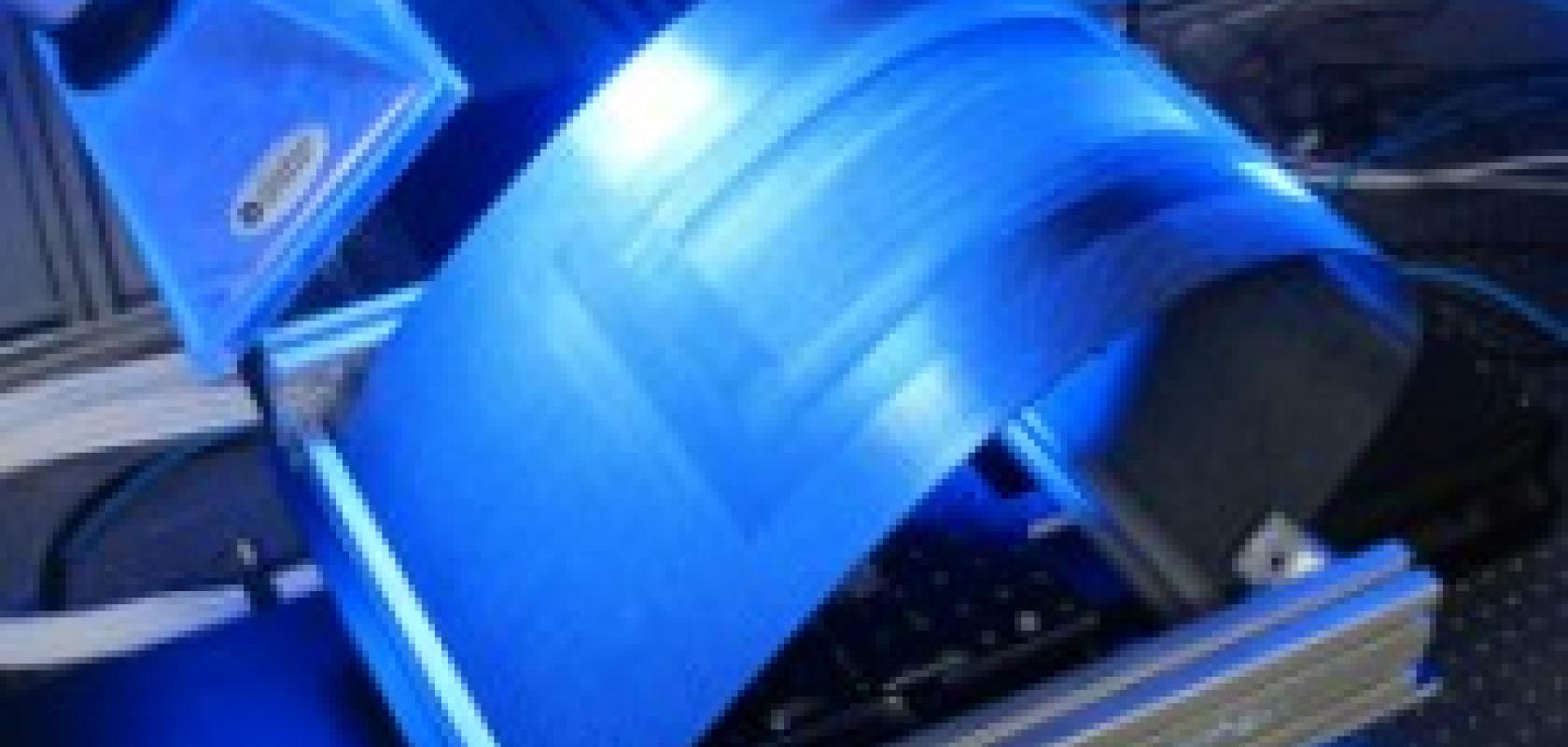Scientists at the composites group at Laser Zentrum Hannover (LZH) are developing automated laser-based processes for repairing carbon fibre reinforced plastics (CFRP). The techniques, which are designed to be much more cost-efficient than the existing repair processes, will be on display at the Hannover Messe trade fair, currently underway in Germany.
CFRP is considered to be the perfect substitute material for steel in automotive and aircraft production because of its high strength and stiffness. Tools such as drills and saws wear down quickly on fibre reinforced plastic and the processing and repair of these materials is expensive. Damaged parts are mostly replaced completely.
The LZH scientists, led by Dr Peter Jäschke, are investigating new methods to qualify this lightweight material for use in large series production. ‘The distinctive quality of the laser is the contactless processing, avoiding material-induced tool wear which is typical for conventional tools. In this way, consistent processing results can be guaranteed. This is why laser-based processes are ideal for automation,’ said Jäschke.
During the laser-based repair of CFRP parts, the laser removes the damaged area step by step and layer by layer. Then, precisely matching fibre layers can be glued into the area removed, which retains the stiffness of the part.
Most recently, the LZH scientists have been working on repairing a slat demonstrator, an aircraft part mounted to the front edge of the wing. Because of its position it is particularly susceptible to damage, for example by collisions with birds. A suitable repair process is thus an important prerequisite for making aviation more resource-efficient and sustainable. In addition, LZH is running the HolQuest 3D project, which is investigating process automation of CFRP for automotive parts.


